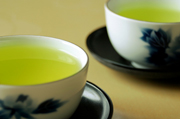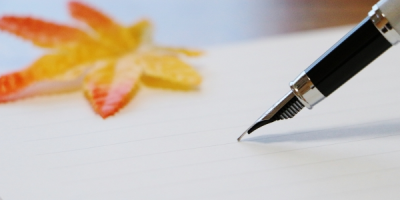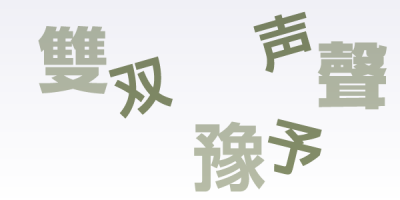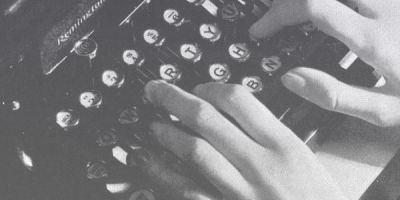
As I said last time, the kind of person who says “I’ll make tea, shall I? Tea?” while getting up cheerfully from the dining room table is not a “father” character. This is a “mother” character, like Fune from the anime series Sazaesan. While we’re on the subject of tea, let’s take a look at ways of drinking it.
He lay on his back on the tatami and thought of Tomoko. The woman he’d met, after so many years, had assumed the shape and form of the perfect wife. The way she clasped her cup between both hands while drinking tea, the way she picked up her handbag, even the tone of her voice when she asked him something were completely different from when Ippei had known her as a girl. She exuded composure and thoughtfulness with each and every action, making him feel much her junior, although they were the same age. He had only known study, and now he felt her gravity, a product of her daily life, as compared with himself.
[ENDO Shusaku(1), Kare no Ikikata, 1975]
Here, the character Ippei Fukumoto, recalling how his childhood friend Tomoko Nakahara drinks tea, discovers that she is a married woman possessing “calm,” “thoughtfulness,” and “gravity;” in other words, she is an “adult woman.”
Can he really see all that in how she drinks tea? It would be wrong to think that because this passage is taken from a novel it is unrealistic. This passage is such a well-structured part of the novel precisely because it evokes similar experiences which many (although not all) of us have had, causing us to nod our heads in agreement as we read on.
In this novel, the tea drinking style of a “shifty person” is also described.
“Well… this isn’t for public consumption, but after discussing it with the research office we decided it would be best to use a tranquilizer gun.”
“A tranquilizer gun?”
“Yes. It will temporarily knock the monkey out without threatening its life. We arranged for the research office to lend us the gun.”
With a shifty expression on his face, Nakamoto, noisily slurped the tea brought out by the old woman.
[ENDO Shusaku, Kare no Ikikata 1975]
Here, a hunter has been asked by the executive of a tourist enterprise to capture a monkey from Mt. Hira. Worried about how they are to capture the monkey alive, the hunter and Nakamoto are told by the executive to secretly use a tranquilizer gun, and Nakamoto is contemplating this while drinking tea.
Ugh. I’m sure this kind of thing really happens. Although Nakamoto’s physical characteristics are not described here, I can imagine him, eyes narrowed and darting, thin, cruel lips curling as he slurps his tea. How did you picture him? Of course, I don’t expect our images to match exactly on every detail, but we both see him “drinking tea shiftily.”
In stark contrast to this example, another novel describes the tea-drinking style of a man “by whom no one would worry about being deceived,” and who is described as “the embodiment of goodness, honesty, and low intelligence” —in other words, an “honest person.”
Kensaku recalled how the gardener entered while drinking tea in the living room with everyone. With back stooped and knees bent, the impression he gave was truly as Nobuyuki had said: the embodiment of goodness, honesty, and low intelligence. The girls giggled, but the gardener’s face did not indicate that he had noticed. His manner of speaking, and the way he reverently accepted and drank his tea were all ridiculously polite, and he was a man to whom one could entrust a task, and by whom no one would worry about being deceived.
However, at the time, Kensuke had vague suspicions, and wondered if he really was as honest as he looked. He appeared too good-natured. He felt a kind of unnaturalness about him that couldn’t be seen with the naked eye.
[SHIGA Naoya(2), An-ya Kooro (A Dark Night’s Passing) (Vol. 1) 1921]
What do you think? Is the gardener’s “honest person” character a fabrication, just as Kensuke Tokitoo intuited? Or is it sincere, as his older brother Nobuyuki said? The answer is not in An-ya Kooro; the readers must use their imaginations. As with the people we see around us on a daily basis (Parts 2 and 3) we must determine the gardener’s true nature ourselves.
In any case one thing that makes the gardener’s true nature appear to be that of an “honest man” is his “honest” way of drinking tea. I wonder if there is an “honest” way to drink oolong tea in China, or an “honest” way to drink cola in America?
There certainly is in Japan. It’s not something that you always find, but it’s the sort of thing you can detect sometimes.
* * *









(1) 1923–1996 Japanese author.
(2) 1883–1971 Novelist.